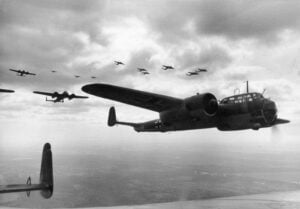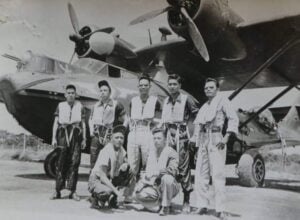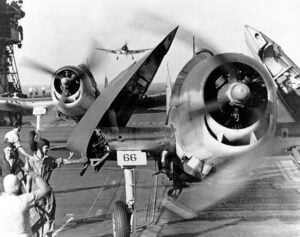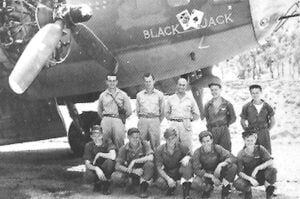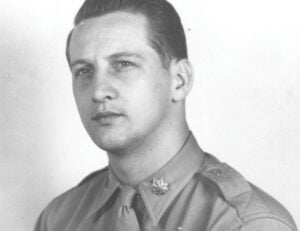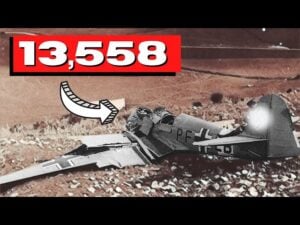The Insane Reverse Engineering of the B-29 Superfortress
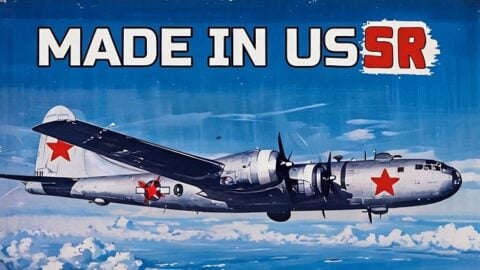
YouTube / Paper Skies
On August 3, 1947, Soviet citizens gathered at Tushino Airfield for Aviation Day, but foreign observers were stunned by what they saw in the skies. Three massive Soviet bombers, indistinguishable from the American B-29 Superfortress, flew overhead. Many assumed they were just repainted American aircraft. They weren’t. These were fully reverse-engineered Soviet-built copies: the Tupolev Tu-4.
A Strategic Gift from the Sky
In 1944, three B-29s made emergency landings in Soviet territory after bombing Japan. Instead of returning them to their American allies, Stalin seized the opportunity. The USSR had no strategic bomber to deliver nuclear weapons, and the B-29 was the gold standard. Stalin tasked legendary designer Andrei Tupolev with replicating the bomber down to the last rivet—literally.
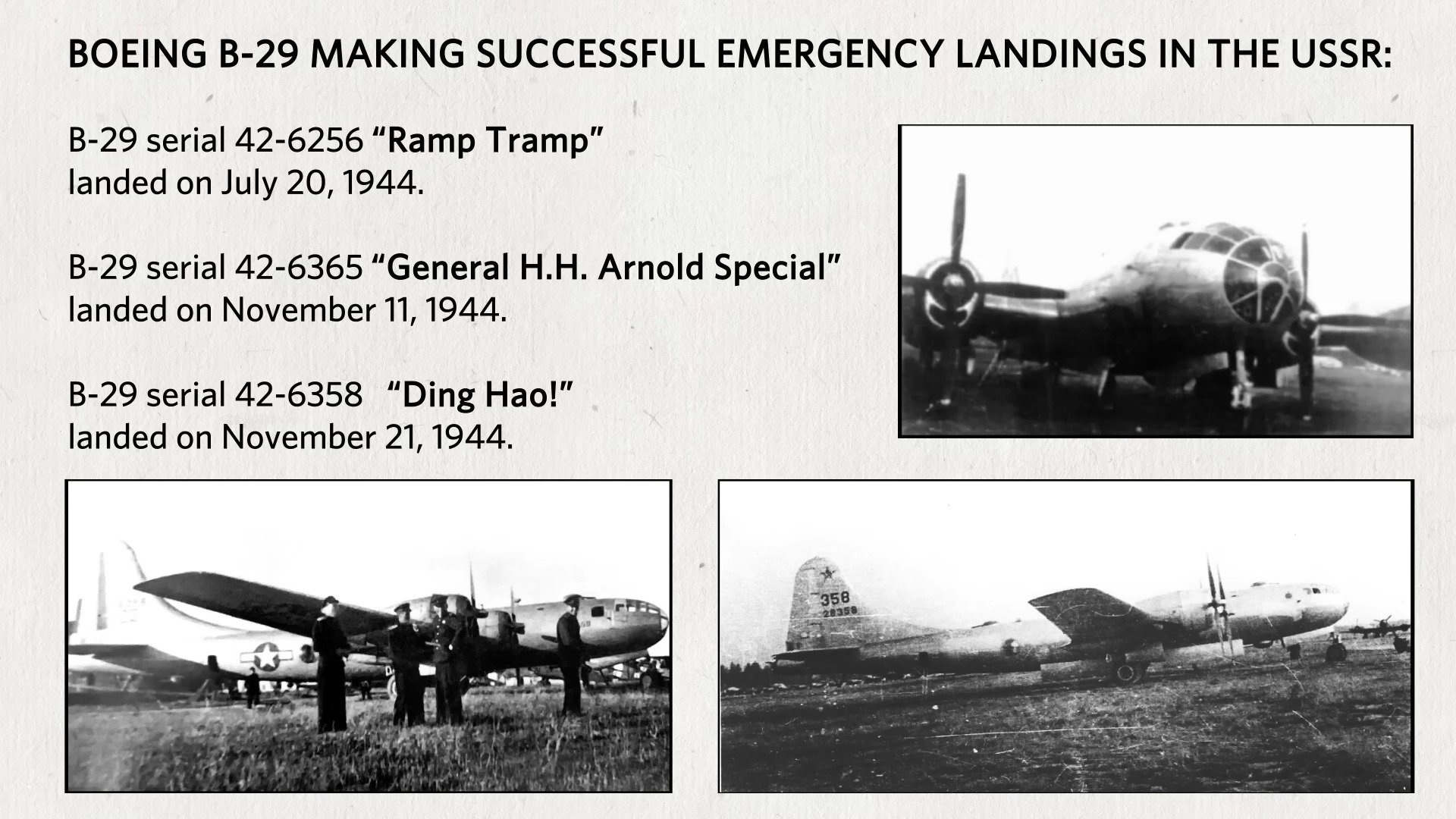
“Don’t Make It Better. Make It the Same.”
When Tupolev offered to improve the design, Stalin famously replied, “Don’t make it better. Make it the same!” What followed was one of the most extreme engineering efforts in history. Engineers disassembled a B-29 to its smallest parts. Everything was measured, analyzed, weighed, and cataloged. Tens of thousands of new production drawings were created.
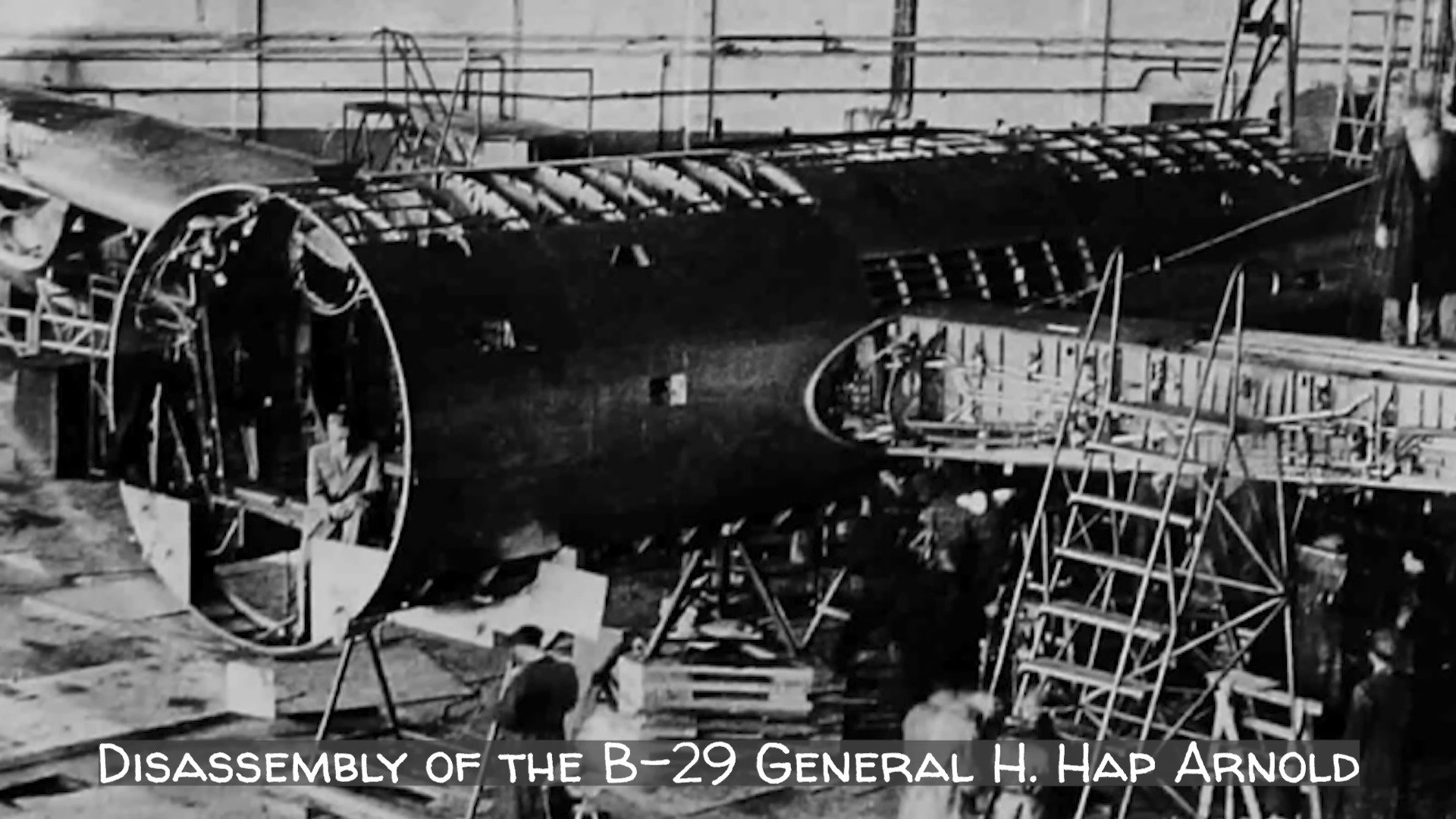
Copying the B-29 Nearly Broke the USSR
Replicating the plane’s advanced materials, systems, and imperial measurements nearly crippled Soviet industries. Over 90% of the B-29’s components had no Soviet equivalent. Even the aluminum skin thickness (1/16 inch) didn’t translate cleanly into metric. Factories had to completely retool. Bureaucratic fear and Stalin’s demand for perfection led to absurd delays over tiny parts like bomb shackles and parachute designs.
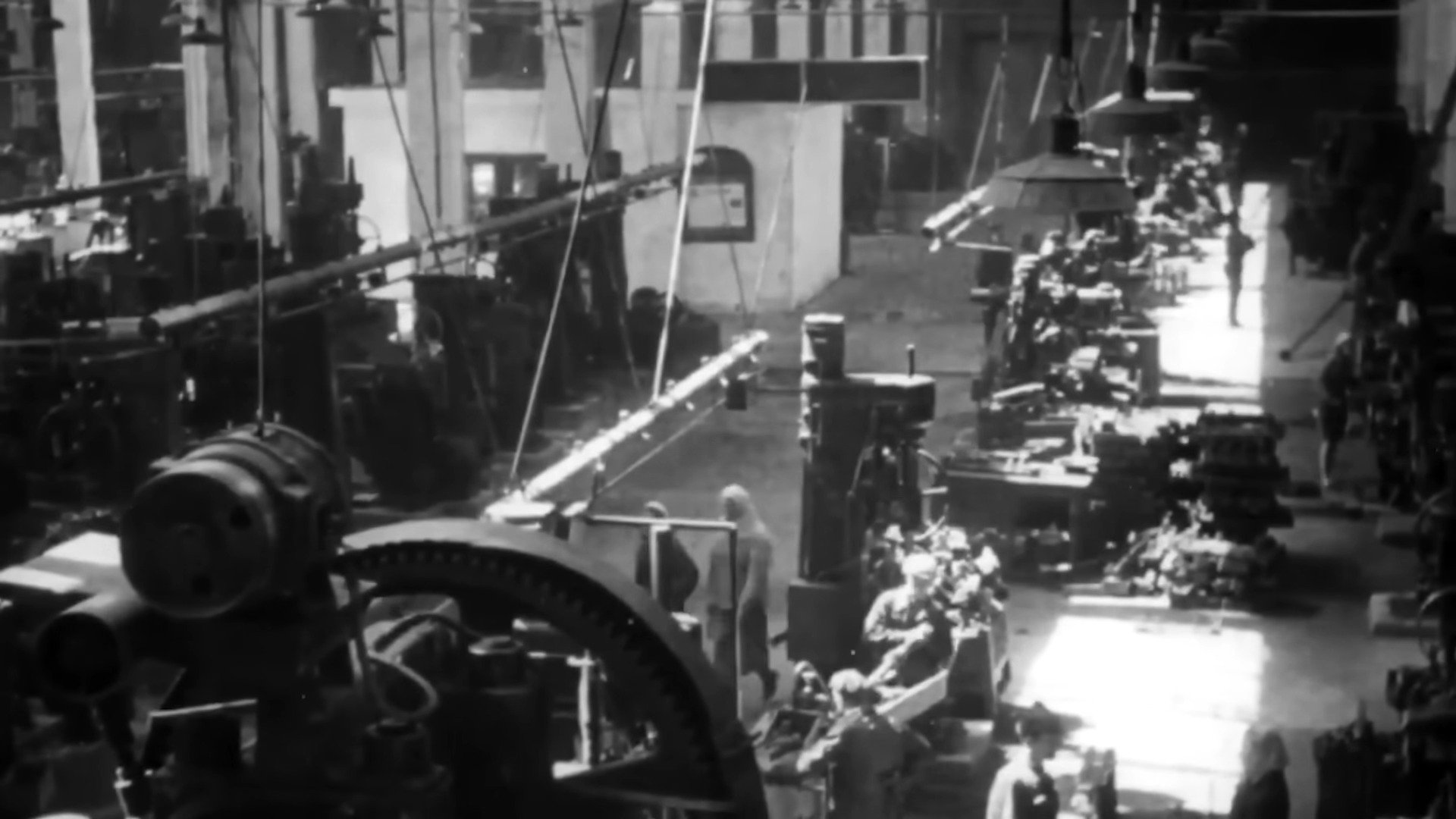
First Flight, Big Victory
In May 1947, the Tu-4 made its first successful flight. Just months later, the bombers flew in the 1947 parade, shocking Western observers. Ultimately, nearly 1,000 Tu-4s were built. Though their range was too limited to threaten the U.S. directly, they gave the USSR nuclear strike capability.
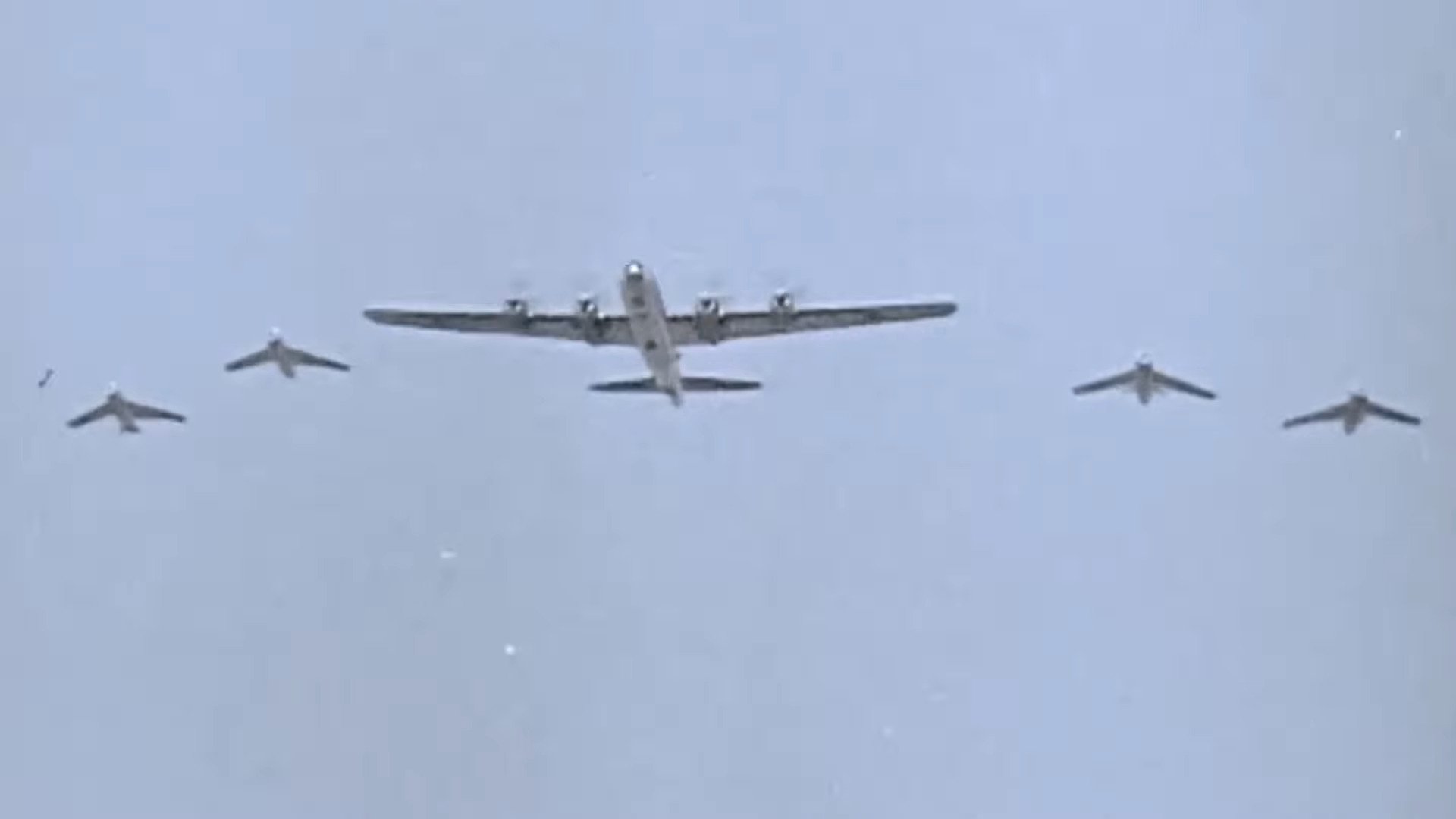
The Secret Weapon Wasn’t Just the B-29
While Soviet propaganda claimed the Tu-4 was a triumph of Russian engineering, the real story involved thousands of captured German scientists and industrial assets relocated to the USSR after WWII. Their expertise played a critical role in enabling the Soviet leap in aviation technology.
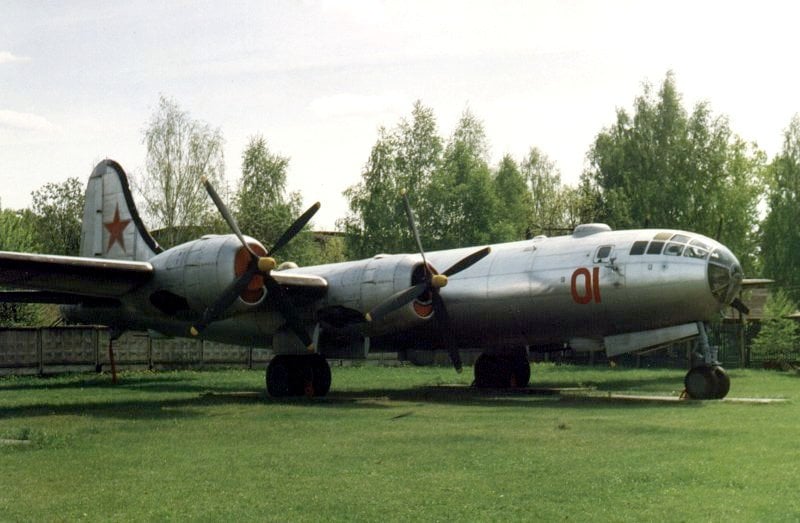
Conclusion
The Tu-4 wasn’t just a copy of the B-29—it was a symbol of Soviet desperation, determination, and deception. It marked the beginning of a new Cold War arms race, one forged from espionage, reverse engineering, and a plane that fell into the wrong hands at the right time.














